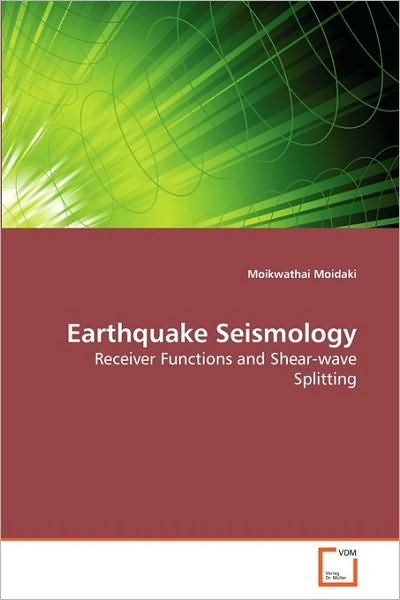
Tell your friends about this item:
Earthquake Seismology: Receiver Functions and Shear-wave Splitting
Moikwathai Moidaki
Earthquake Seismology: Receiver Functions and Shear-wave Splitting
Moikwathai Moidaki
"CRUSTAL MODIFICATION BY TECTONIC EVENTS AND UPPER MANTLE ANISOTROPY BENEATH THE MIDCONTINENT RIFT AND NEW MADRID SEISMIC ZONE: INSIGHTS FROM RECEIVER FUNCTION STUDIES AND TELESEISMIC SHEAR WAVE SPLITTING" The earth?s crust and upper mantle have been continually modified by tectonic processes, e.g. rifting, earthquake activity. Shear wave splitting and receiver function techniques were employed to study the extent of crustal and upper mantle modifications beneath the New Madrid Seismic Zone (NMSZ) and the Midcontinent Rift (MCR). Shear wave splitting reveals the presence of fossilised anisotropy along the rift axis. Beyond the 1.1 Ga MCR, the polarization angle are mostly parallel to the absolute plate motion direction. Receiver function results show a thick crust (45km) with high Vp/Vs ratios beneath the MCR. In the NMSZ, anticipated rift-parallel fast directions associated with vertical magmatic dikes, rift-orthogonal fast directions from small-scale convection, or reduction in splitting times as a result of vertical asthenospheric flow are not observed, suggesting that the NMSZ is a shallow feature. Shear-wave splitting parameters for the NMSZ suggest complex anisotropy.
| Media | Books Paperback Book (Book with soft cover and glued back) |
| Released | July 28, 2010 |
| ISBN13 | 9783639277241 |
| Publishers | VDM Verlag Dr. Müller |
| Pages | 152 |
| Dimensions | 225 × 9 × 150 mm · 231 g |
| Language | English |
See all of Moikwathai Moidaki ( e.g. Paperback Book )


